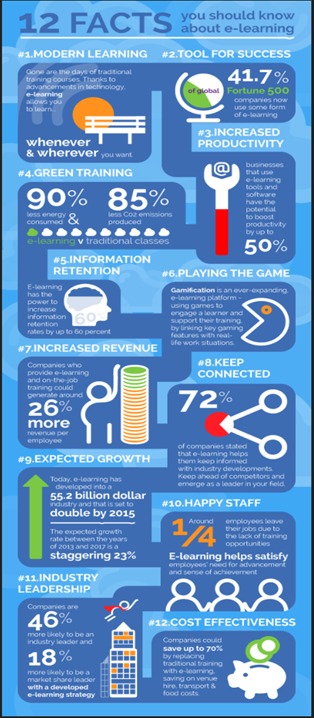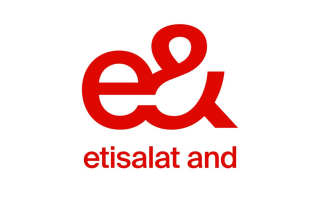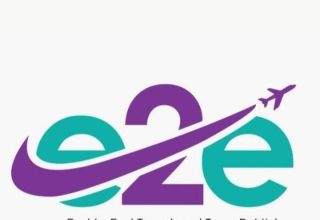
By Huda Garib, CEO, e-Magine
LONDON: In a day and age where teaching methodologies, strategies, and tools seem to be evolving at a rapid pace, modern day teachers often find themselves struggling to find the right balance between incorporating those techniques within their own unique approaches, and simultaneously creating a productive, as well as, an engaging learning environment for each of their students.
As a result, while many instructors, whether they are part of a school, university, or corporate set up, may be well-versed in a specific subject, or range of subjects; they usually end up lacking some of the required knowledge, skills, attributes, and other characteristics that can truly help them deliver their content and feedback in a more contemporary manner, there by enabling them to make it a fruitful experience for all involved.

Moreover, such innovations unfortunately are never able to truly optimize the way we teach and learn, simply because, no matter what; the educational framework and its methods of delivery has remained largely unchanged for a number of generations in most parts of the world. Thus, providing students and teachers, alike, very few opportunities to work together towards developing a pragmatic and growth mindset within their respective communities.
Furthermore, the recent advent and rapid spread of the ever-deadly global pandemic known as the Corona virus (i.e. Covid – 19), has undoubtedly shaken up the world in every possible way; and therefore, has consequently resulted in each of us being left with no choice but to completely transform our lifestyles to a virtual medium in order to remain as safe as we can from this ever-dreadful ailment.
Hence,causing a massive migration to and acceptance of the ‘Digital Age’ in which it seems that our productivity is contingent on our ability to understand the technological changes taking place around us and make them part of our daily lives. For, now, with the age of digitization undoubtedly not only being our present reality; but also our future, each of us have been literally forced to shift from traditional thought and work processes, as we completely revamp the way we see as well as perceive the universe around us;subsequently, resulting in our youth being able share the promise of a very different educational experience that can enable them to truly fulfill their given potential.
Thus, governments, policy makers, academics, and entrepreneurs have an ever so pressing opportunity to take a much more prudent approach to make learning more scalable, efficient, and accessible for all. After all, in such times, the aim should simply be to develop innovative and collaborative strategies to promote the learning of more career ready skills as well as global citizenship education in a highly successful and sustainable manner; regardless of the challenges that the world is facing today.
More so, a shift from print to digital content in course delivery has brought forth a number of advantages for students, trainees, and anyone interested in the education industry to benefit from. Primarily because, with a greater demand for e-learning, learners now have much easier access to a lot more material in various different formats such as audio, visual, and written at the touch of their fingertips, than they otherwise would.
In addition to that, individuals now have the options of obtaining various certifications and degrees through flexible learning alternatives and multiple pathways rather than having to restrict themselves from growth opportunities due to the inability of being present at a required location.
Furthermore, interestingly enough, e-learning is not just about benefitting adult learners. Students as young as those in pre-school now have the chance and prospectsof exploring the world from a completely new perspective. Regardless of the age group, one can now benefit from the wonders of virtual reality, the internet, animations, online real-time communications, a live support service, and a lot more. In fact, lately, web-based training, virtual reality sessions, and distance learning seemed to have gained such popularity that a rather evident dichotomy has emerged between the traditional and e-learning modalities – especially in current circumstances, clearly showing how the face of education is changing during the Covid – 19 pandemic.
However, while such a learning medium offers several benefits among which quick and easy access to a plethora of data, easy to update subject matter, availability of content in several formats, and being self-paced are perhaps the most prominent; not everyone, especially in developing countries and those people who relatively less tech – savvy may able to adopt to this approach.
For instance, for content creators it may be more costly to produce initially, users may feel intimidated, confused, and / or simply frustrated when working with the new technology, use of the specialized tools may require a certain amount of training before implementation, and on certain occasions the information could even be too expensive to access especially if advanced visually rich material is being provided. Moreover, e-learning requires more responsibility and self-discipline for the learner to be able to keep up with a more free and unconstrained learning process and schedule – something that not everyone may be able to be at pace with, therein, adding an extra element of pressure on a person in these already highly volatile times.
Having said that, like any other modality of course, the e-learning technique offers its own set of pros and cons. Yet, it is hard for one to deny the extra dimension that it has brought to the education and training industry as it continues to open up a world of opportunities for instructors, trainees, and academics alike. Thus, while this digital trend holds great promise to truly democratize the delivery of educational opportunities across the globe; it is important that efficient tools and methodologies for delivery of the right content at the right level and time must coincide with the adoption of the digital resources in order to ensure that both, the instructor and learner can obtain the maximum possible gains provided by this medium – particularly in a day and age of all other options being limited and / or inaccessible.


















